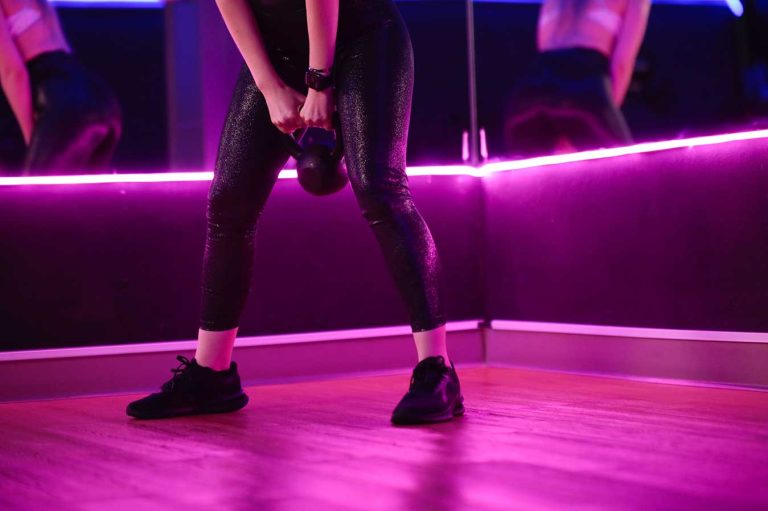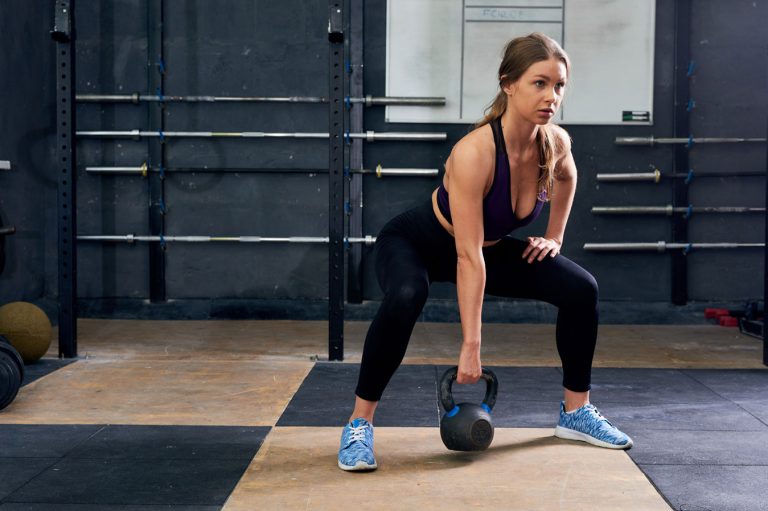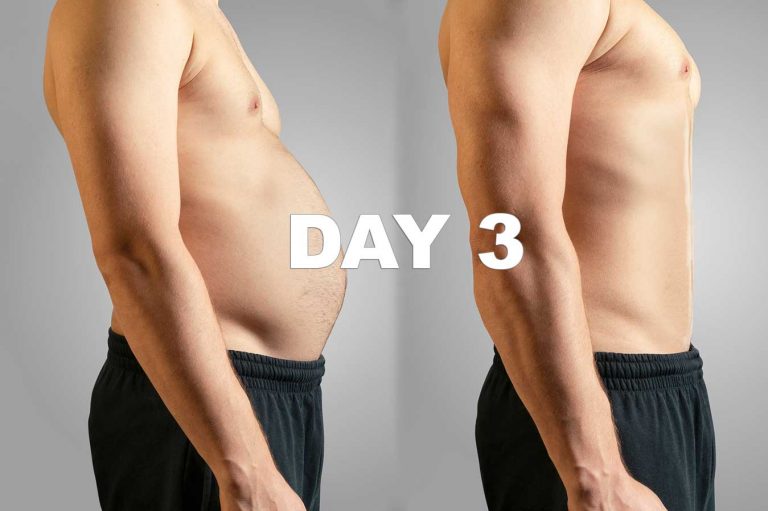For as long as we saw it coming and wondered about how it would change the world of technology, virtual reality has been somewhat unpredictable since reaching the consumer market. We’re a few years in now, and things have moved at a slower pace than expected. But now, affordable headsets are coming out, the number of games and applications available is growing larger, and VR is becoming more familiar and more useful. It’s now fair to ask how it may ultimately affect our exercise habits.
The aforementioned unpredictability of VR’s evolution is something we certainly have to keep in mind here. One need not look any further than gaming, the “main” VR industry, so to speak, to see this unpredictability in action. For instance, while the introduction of virtual reality brought along some expected adaptations of shooters, racing games, and the like, it also brought along some surprises, such as a wildly popular VR climbing adventure and new versions of casino games.
The latter wasn’t just poker table simulations either (which are actually somewhat natural fits for VR). Rather, some of the top online slot games you can find at New Jersey’s digital casinos have also been given the VR treatment. It’s safe to say most of us never saw a virtual rendering of an animated online slot arcade coming.
Expanding on this idea, using the technology of VR one may find themselves in a virtual room with dozens of other players. Imagine capturing the thrill of playing at a bingo hall with the convenience of never having to leave your house. You’d likely be entitled to perks like no deposit bingo bonuses that are only available online.
The Future of VR Will Go Beyond Video Games
The same unpredictable nature of VR has been visible in how the tech has branched out past video games also. Sure, there are some significant applications that were predicted years ago, such as innovative uses in medical care and classrooms. On a more consumer-facing level though, VR has taken some unforeseen twists and turns – most notably in a shockingly thorough foray into home design and artistic expression. Among the most popular VR applications for ordinary consumers are those that help people to plan out home designs and try products via simulation (though admittedly some of these apps are technically augmented reality). And it’s quickly becoming apparent that painting and sculpting in VR could effectively become whole new artistic mediums.
So why point all of this out? Basically, it’s to highlight the fact that VR and modern society have adapted to one another in somewhat unexpected ways. Extrapolating from this it seems reasonable to suggest that even a form of exercise that might not seem particularly well suited to virtual reality – kettlebell workouts – might, in fact, find its way into some VR apps or programs in the near future. It’s not too far-fetched considering there are workout classes featuring kettlebells that gamers can take to improve their reaction time and reflexes.
VR Could Make Working Out Fun
To be clear, VR is very much getting to be a part of modern fitness. There are numerous programs and machines that are either adapting existing exercises or effectively inventing new ones that people can do in simulated spaces. The goals, generally, are to detract from the monotony of exercise and to provide various types of incentives and motivations for specific workouts, even if that means turning them into game-like experiences. For instance, last spring there were headlines being made about a suit for VR workouts that could turn games into exercise. The primary example was an application in which you wore the suit and punched oncoming orbs in rhythm to match the music playing in a headset.
Imagining this exact type of workout applied to kettlebell exercises is at once thrilling and concerning. On the one hand, the idea of actually having to snap kettlebells up in time with a particular rhythm, or in response to unpredictable game elements, sounds like an injury waiting to happen. It does not represent a proper or efficient way to use this equipment. On the other hand, though, it wouldn’t have to be exactly the same. One can begin to imagine a VR experience that isn’t based on pace or reaction but rather revolves around perseverance and reps. It could simply provide an environment and a lightly game-like challenge that could be overcome by finishing sets and progressing to new exercises.
So far nothing of this sort exists. But given what we said above about how VR changes and the different ways in which it’s applied, we wouldn’t count anything out. It’s already becoming a popular tool for innovative exercise, and with kettlebells still somewhat trendy in the fitness world, some overlap seems perhaps more likely than not.



